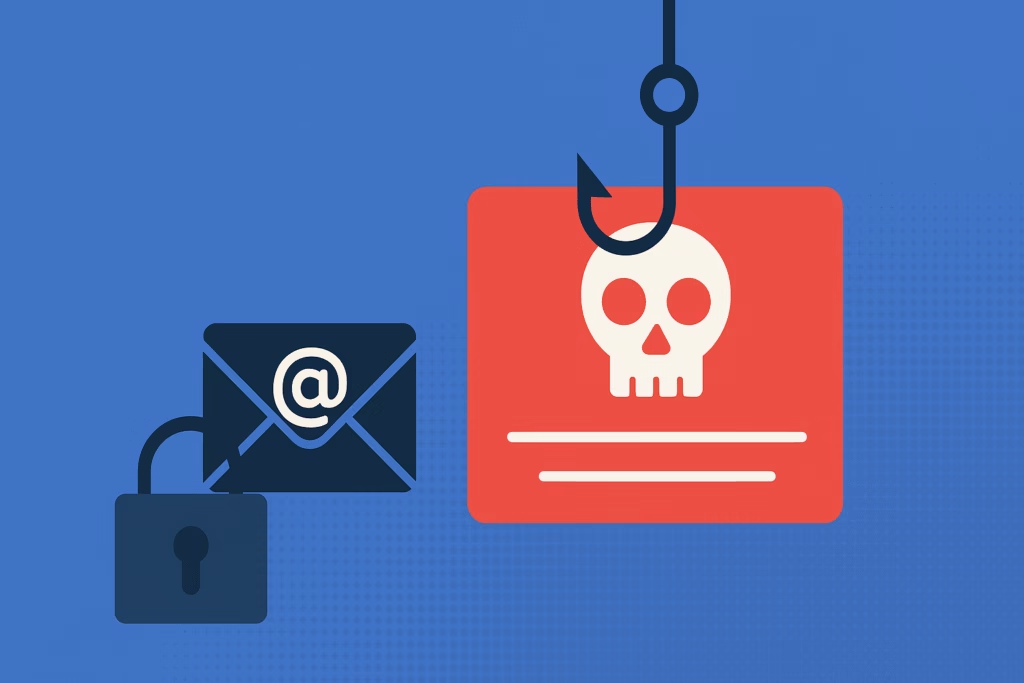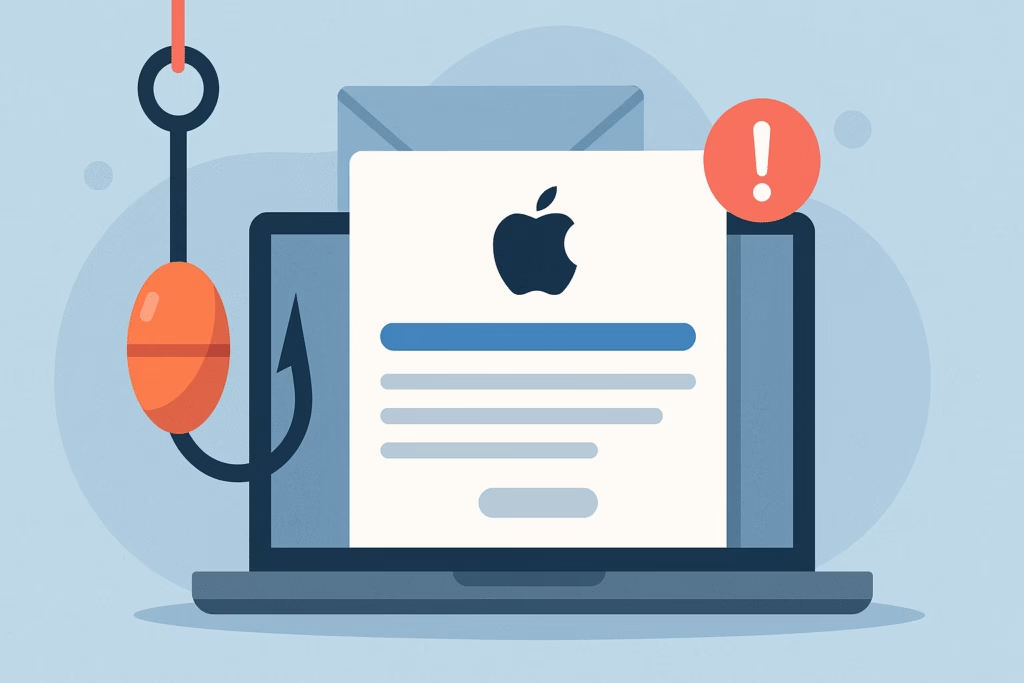
Phishing attacks targeting bank customers have surged by over 220% in the past two years, putting Chase account holders at risk of identity theft and financial loss. When you spot a suspicious email, text or call appearing to come from Chase, swift action can protect your funds and personal data. This guide walks you through identifying phishing attempts, reporting them to Chase, escalating to federal authorities and strengthening your account security—plus how PhishDef steps in as an added layer of defense.
Why Reporting Chase Phishing Matters
- Limit financial impact: Prompt reporting can freeze fraudulent transactions and minimize losses.
- Enhance fraud detection: Chase’s security team uses reports to fine-tune fraud-detection algorithms.
- Protect the community: Shared intelligence helps other customers avoid similar schemes.
According to the FBI’s Internet Crime Complaint Center (IC3), phishing accounted for over $12.5 billion in losses in 2022 alone. Your report helps reduce that number.
How to Identify a Chase Phishing Attempt
Email Phishing Tactics
- Generic greetings like “Dear Customer” instead of your name.
- Urgent calls to action (“Verify now or your account will be closed”).
- Suspicious sender addresses (e.g., chase-security@alerts.net).
Smishing (SMS) and Vishing (Phone) Red Flags
- Texts that include links asking for credentials.
- Unsolicited calls pressuring you to share one-time passwords.
- Caller ID spoofing—every legitimate Chase call must be verifiable via your account history or Chase Secure Messaging.
Website and Link Spoofs
- Look for URLs with slight alterations: “chase-secure.com” vs. “chase.com.”
- Missing HTTPS padlock or security certificate errors.
Step-by-Step Guide to Report Phishing to Chase
When you suspect an attempt to report phishing Chase, follow these channels for fastest action:
-
Forward phishing emails.
- Open the suspicious email (do not click any links).
- Click “Forward” and send to phishing@chase.com.
-
Send the SMS to Chase.
- Forward the text to 7726 (SPAM) with the original number displayed.
- Chase will analyze the content and sender.
-
Call Chase Customer Service.
- Dial 1-800-935-9935 (report lost/stolen cards or suspicious activity).
- Provide transaction details and the suspicious message contents.
-
Use Chase Secure Message.
- Log in to Chase Online Banking.
- Select “Secure Message” and choose “Report a Scam Email/Phishing.”
Following these steps ensures you report Chase bank phishing to the right team without compromising your data.
Escalating to Federal Authorities
If you’ve been targeted or incurred losses, take these additional steps:
- File a complaint with the FTC: reportfraud.ftc.gov
- Submit an IC3 report: www.ic3.gov
- Contact local law enforcement: Provide copies of emails, texts and call logs.
Best Practices to Protect Your Chase Account
-
Enable Multi-Factor Authentication (MFA).
Activate one-time passcodes via SMS or an authenticator app to block unauthorized logins.
-
Keep software up to date.
Install security patches on your devices and use reputable antivirus tools.
-
Verify before you click.
Hover over links to confirm URLs, and when in doubt, navigate directly to chase.com.
-
Deploy anti-phishing tools.
PhishDef integrates with your email system to flag suspicious messages before they reach your inbox.
Real-World Case Study
In August 2023, over 5,000 Chase customers received a convincing email claiming “account activity requires immediate verification.” Victims who clicked the link surrendered login credentials, leading to unauthorized transfers totaling $350,000. Thanks to rapid reporting by vigilant customers and the deployment of advanced threat intelligence platforms like PhishDef, Chase blocked further transactions and reimbursed affected users within 72 hours.
Key Takeaways
- Phishing remains one of the top causes of bank fraud—stay alert for generic greetings and urgent requests.
- To report phishing Chase, forward emails to phishing@chase.com, text 7726, call 1-800-935-9935 or use Secure Message.
- Escalate losses to the FTC and IC3 to strengthen broader fraud prevention efforts.
- Adopt best practices—MFA, software updates and email-filtering tools like PhishDef—to reduce risk.
Don’t wait: secure your Chase account today and stay one step ahead of cybercriminals. Sign up for PhishDef’s free trial to add an AI-powered phishing filter and real-time threat alerts to your defenses. Start your free trial now and make phishing attempts a thing of the past!


